Both Buffing and Polishing Process is a common term and these are used in Manufacturing Processes or you can say manufacturing industry. Both processes are finishing or superfinishing processes used for enhancing the surface of the workpiece in both ways (Physical and Aesthetic Properties).
Both these processes work are similar but these are not the same. Both have unique characteristics that we will study in-depth further in this article.
In this paper, we will study both Buffing and Polishing Process in detail and at the end of the article, you can easily download the PDF version.
So let’s start our discussion with the definition first,
What is the definition of the Buffing Process?
The term Buffing is a superfinishing process in which there is a buffing wheel (attached with abrasive disc) that is used to remove the bur or unwanted material from the workpiece for smoothing the surface of the workpiece.
The other definition you can write is,
The buffing process is used to shine wood, metal, or composites using a cloth wheel impregnated with cutting compounds or rouges. In the cloth, there is an abrasive disc that works is to remove or cut and get a better surface finish.
This process is performed after polishing process for providing a high luster to be polished surface. Here is buffing process diagram:
The amount of material removal is very less because it is a superfinishing operation. This operation helps for providing good surface finishing.
Buffing Wheel Construction:
The buffing wheel used in this process is made up of cloth (Like, wool, flannel, cotton, muslin, or fiber which is charged with loose abrasive grains.
Buffing Process:
The buffing wheel is made by linen, cotton, broad cloth and canvass and it is made by multiple layers of these cloths overlapped on each other.
When we perform an operation The wheel is attached with the tool holder and when operation starts it rotates during at a speed of 32.5 -40 m/s and a small pressure applied on the wheel which promotes abrasive action and removes metal in form of microchips.
It is used to remove fine scratches or to remove oxide or similar coatings which may be on the work surface.
The almost buffing process is done manually but automatic or semi-automatic buffing processes are also available which are used for mass production in various industries. And for complex workpieces, manual buffing is suitable.
Application of Buffing Process:
The following application of Buffing Process is:
- The buffing process is used to remove scratches, oxides, coatings from the workpiece surfaces.
- Used in the automobile sector, motorcycles, boats, bicycles, commercial and residential hardware, and much more.
- Also used in the automotive sector (Component is Roller bearing, connecting rod, piston, and many more).
- The process used to shine the workpiece. It may be Tools, fixtures, or sports items.
- The buffing process also used in Household utensils and appliances.
Advantages of Buffing Process:
The following advantages of Buffing Process is:
- It does not require Stripping.
- Operations are done periodically not on daily basis.
- The aluminum oxide compound will not etch the floor.
- The buffing process does not take much time as other operation takes.
- Better surface finishing and also material shines when the buffing process is done.
Disadvantages of Buffing Process:
The main disadvantages of Buffing process is:
- A skilled operator is required for the operation.
- Have to keep eye on operation when it is done manually. Otherwise, we can lose maximum material.
- The operation cost is a little costly.
- The buffing process directly can not do on any workpiece because it is the last operation to bring shine to the workpiece.
- After the operation ends it needs to be clean.
What is the definition of Polishing?
The polishing process can be defined as this is a finishing process in which we get a smooth and shiny surface of the workpiece by rubbing it or by applying a chemical treatment. It is one of the oldest processing methods, first used in the making of stone implements.
Polishing Process:
The polishing process removes small elements of a surface and makes the workpiece smooth and brighter. This smoothness of the workpiece is obtained by rubbing the surface.
Polishing is one of the best methods today to obtain the finest surface. There is ultra-precision technology is an indispensable ingredient for polishing today.
Polishing uses a larger number of multi-point for effective material removal.
The polishing process used in various components such as aerospace, automotive, mechanical seals, fluid handling, and many other precision engineering industries.
It is a final process that usually follows lapping to give the final surface characteristics of size, surface roughness. It is used in many materials from steel to composite ceramics.
It does not create a good planarization of the parts which should be done in lapping prior to polishing. If required after polishing there is buffering operation follows.
Application of Polishing Process:
The main application of Polishing Process is:
- The Polishing process is used to enhance the workpiece (Like the appearance of an item, prevent contamination of instruments, remove oxidation.
- The polishing also prevents corrosion in many items.
- It is used to create a reflective surface.
- The polishing process is used to bring brightness to the workpiece.
Advantages of Polishing Process:
The main advantages of Polishing Process is:
- Polishing operation is done for a better look and good surfaces.
- A polishing operation can provide shine to the workpiece.
- The operation helps to keep the material bright and good luster.
- There is not a skilled worker or operator is required for this operation.
- It can be done by a normal person also (just have knowledge of polishing).
Disadvantages of Polishing Process:
The main disadvantages of Polishing Process is:
- Abrasive Particles are required for an operation.
- The polishing process is required after some interval.
- It is not a long-lasting operation.
- Polishing operation is a little costly operation.
- After Polishing there is a buffing operation requires for the better surface finish to the workpiece.
Differences Between Buffing and Polishing Process:
Here I have listed 8 Points on Differences Between Buffing and Polishing Process:
- The buffing process requires surface refinement polishing prior to buffing.
- The Polishing process generates a brushed or lined finish, and The buffing process removes the lines and creates a bright luster finish product.
- Buffing is a rotating cloth wheel in which it is impregnated with fine abrasive compounds. Buffing Operation produces a bright-luster finish on any workpiece it may be metal or composites.
- The buffing wheels are impregnated with liquid rouge or a greaseless compound-based matrix of the specialized fine abrasive called compound and This compound is sprayed or pressured into the rotating buffing wheel. And then the buffing wheel acts as the carrier of the compound, results in the surface finishing of the workpiece.
- Polishing by abrasive belts or discs is required to level surfaces, remove scratches, pits, scale, and polish the surface, and Buffing can remove those and brings shine to the workpiece.
- There is also a difference in the grit of the abrasive compound.
- The buffing is performed with a lower medium-grit abrasive, whereas the polishing is performed with a high-grit abrasive.
- The buffing is the finest process for surface finishing. It removes the fine lines created by the cut buff process while creating a bright luster finish.
Internal Resources:
- NC Machine
- Milling Machine
- Drilling Machine
- Shaper Machine
- Planer Machine
- Slotter Machine
- Hot Working Process
- Cold Working Process
Conclusion:
In this article we have studied Buffing and Polishing Process and it’s sub topic Definition, Advantages, Disadvantages, Application, Differences in very detailed.
Hope so this article helped you understand in detail. Please mention down all your related queries.


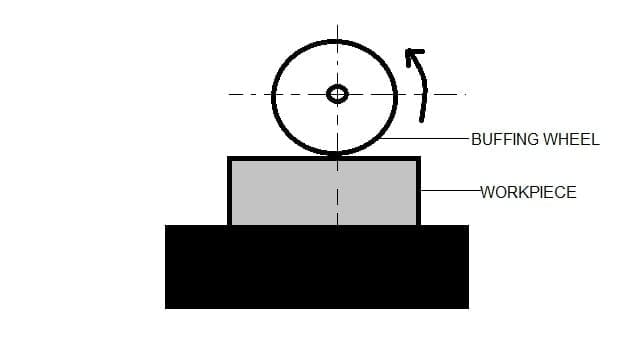


![Different Types of Measuring Tools and their Uses [Notes & PDF] Feature Image of Types of Measuring Tools](https://themechanicalengineering.com/wp-content/uploads/2023/01/Feature-Image-of-Types-of-Measuring-Tools-300x171.jpg)
![Steel: Properties, Different Types and Applications [Notes & PDF] Feature Image of Steel](https://themechanicalengineering.com/wp-content/uploads/2023/01/Feature-Image-of-Steel-300x168.jpg)

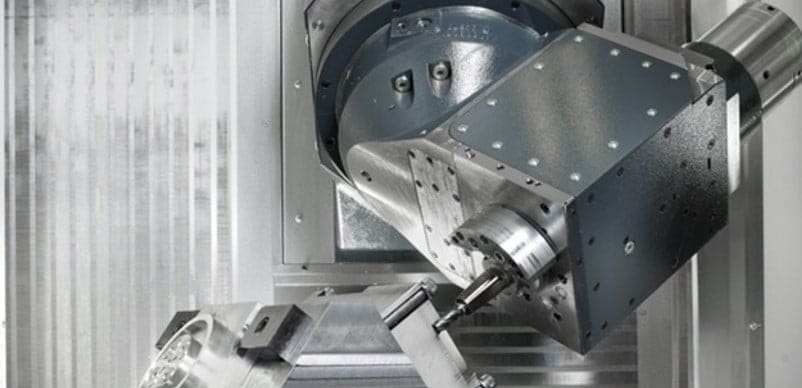
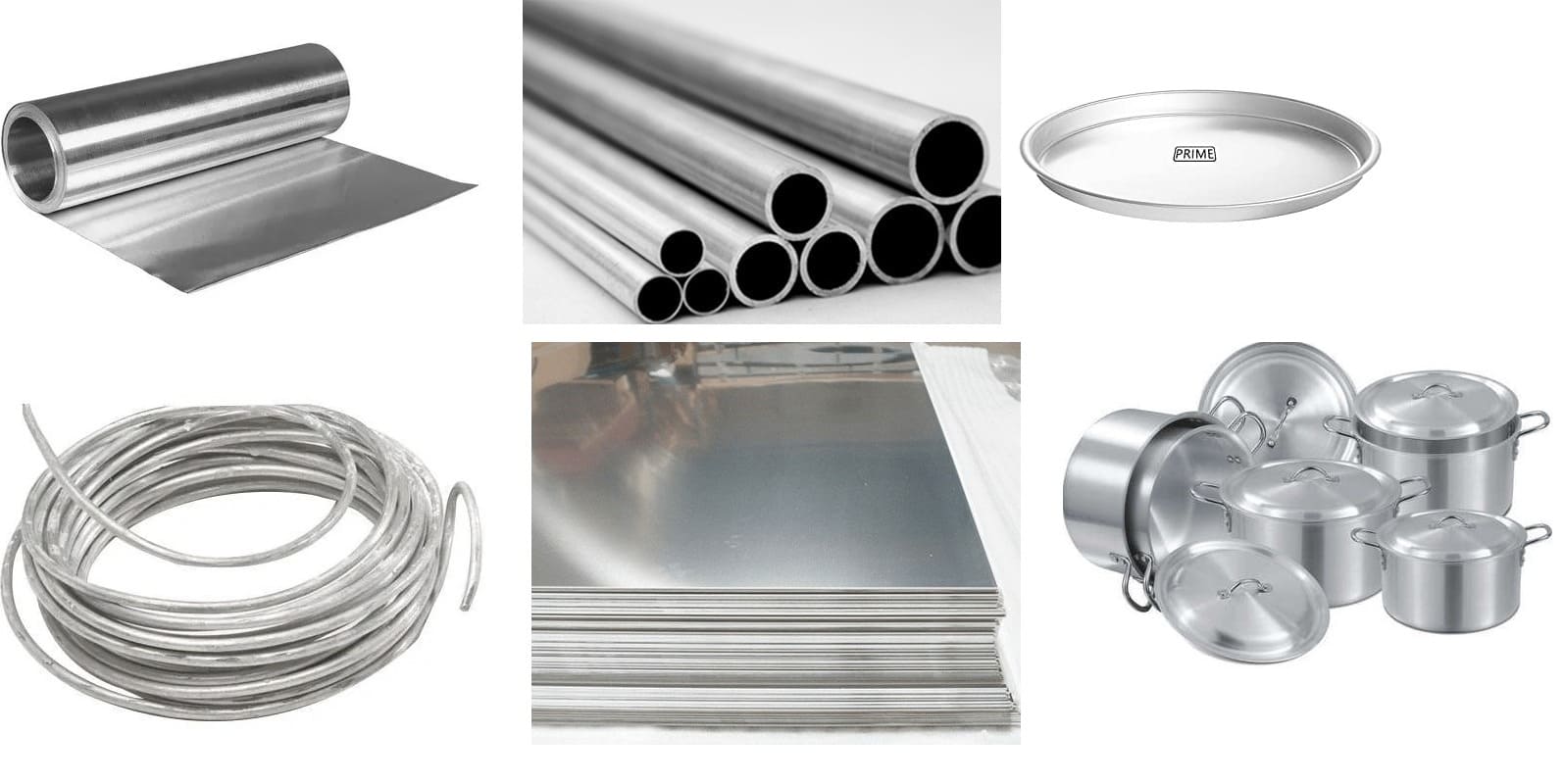
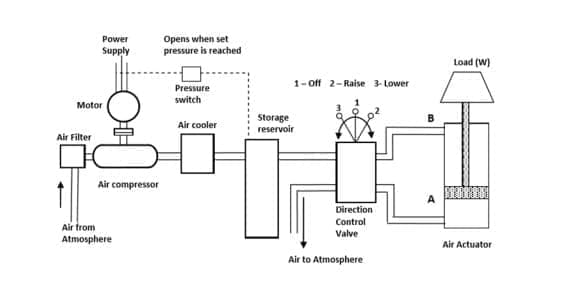
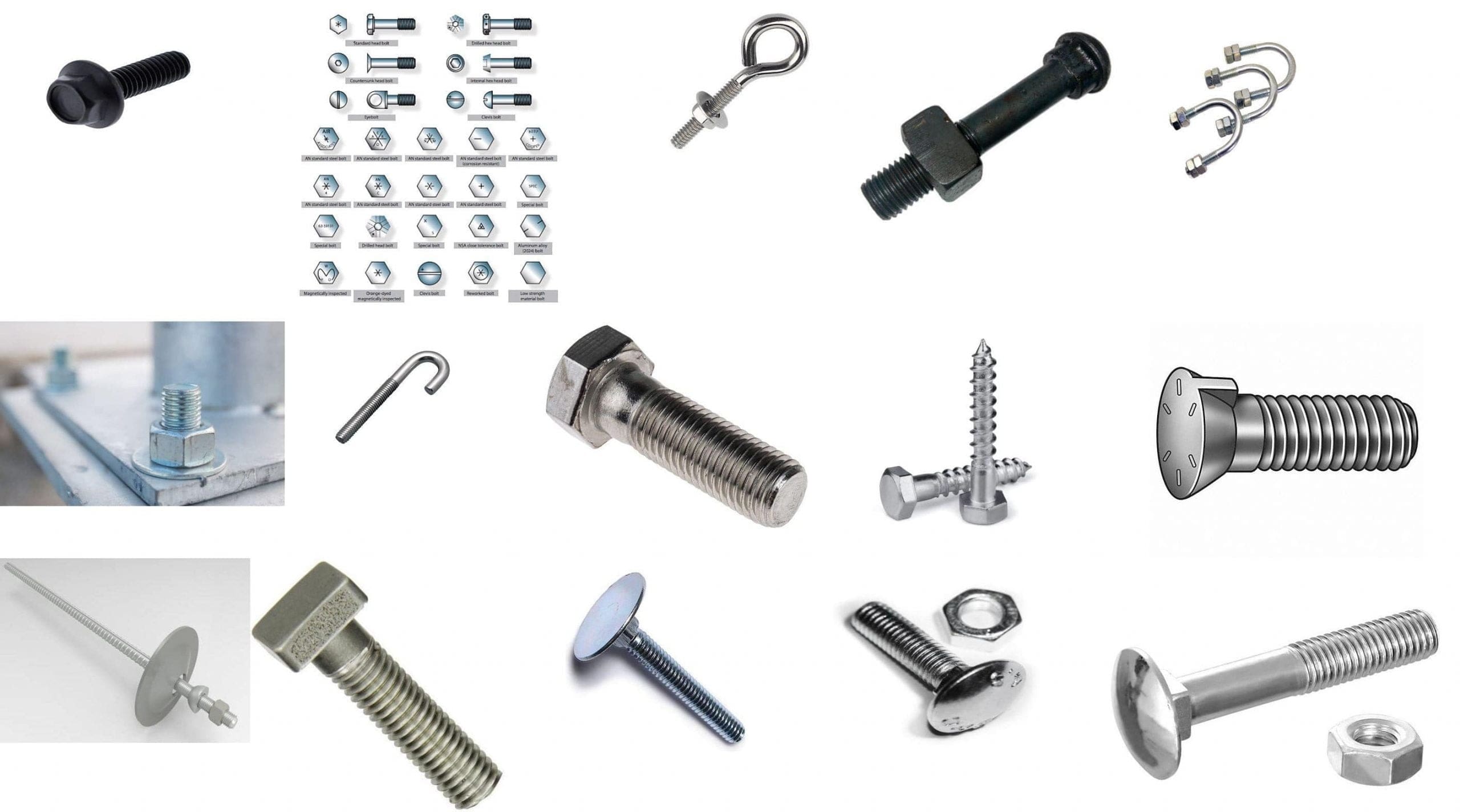
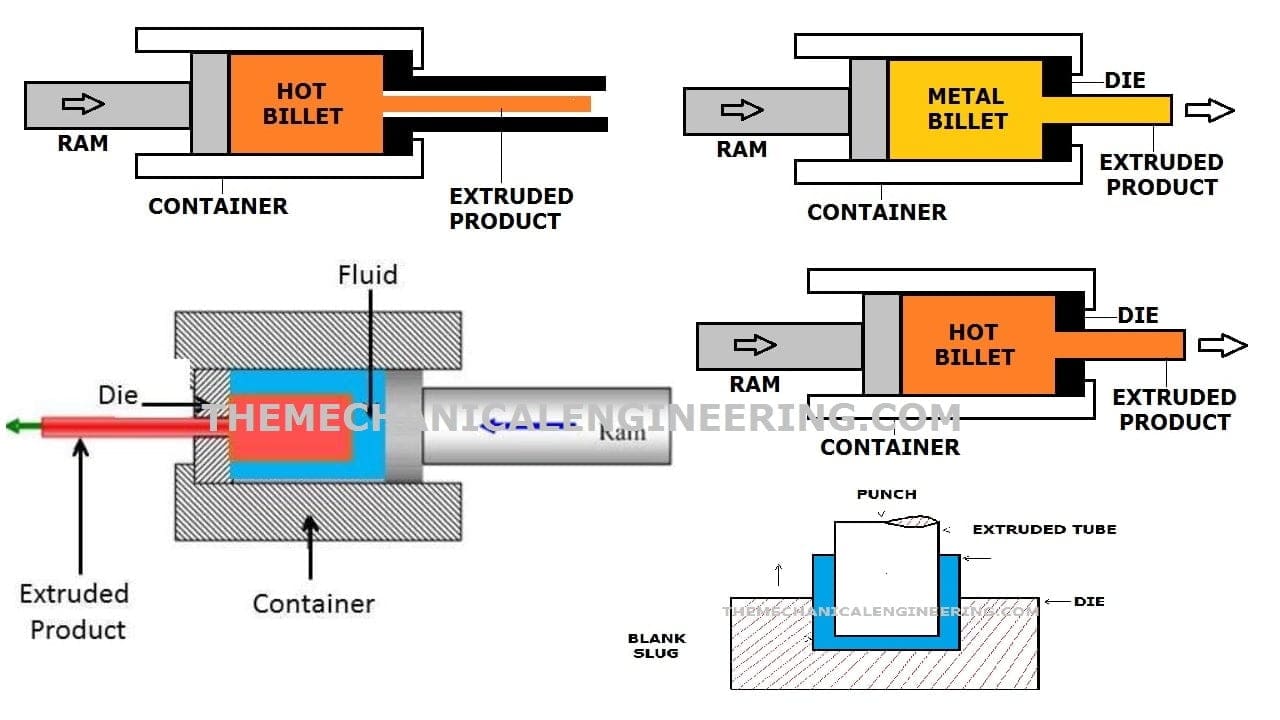
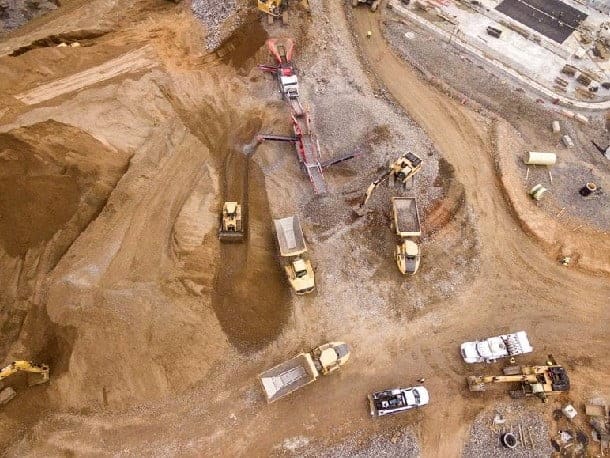
Discussion about this post